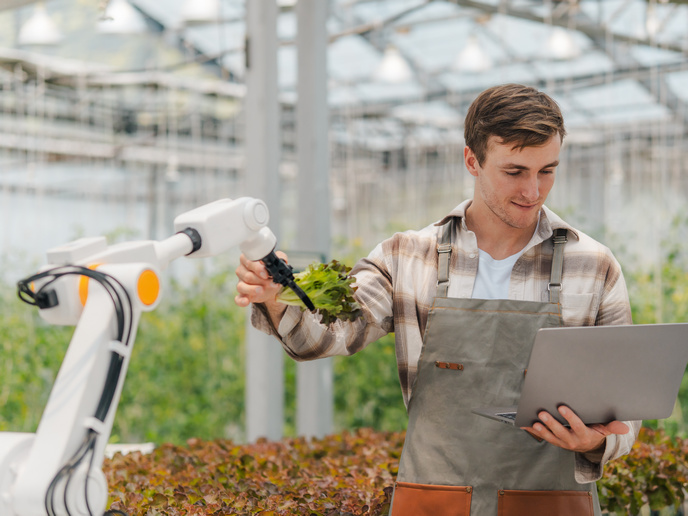Inspiration from the animal kingdom helps robots get back on their feet
Even after 50 years of research, most robots are more fragile than the smallest, simplest animals – in short, they can easily stop functioning if they encounter difficult conditions or take an unexpected tumble. For robots to become more embedded in human societies, and be useful in emergency situations, they need to overcome their inherent frailty. That’s where the ResiBots(opens in new window) (Robots with animal-like resilience) project comes in. “The objective of our project was to develop new algorithms to make it possible for robots to autonomously recover quickly without having to anticipate every possible damage condition,” says Jean-Baptiste Mouret, the principal investigator of the project. “This is especially important when this involves mechanical damage that is very challenging to diagnose with on-board sensors – our vision is to develop robots that have the ability to ‘improvise’ when they need to complete a difficult mission.”
A new perspective
This vision is in direct contrast to the current approach to fault tolerance, which is inherited from safety-critical systems (such as for spacecraft or nuclear power plants). This is inappropriate for low-cost autonomous robots because it relies on diagnosis procedures, requiring expensive proprioceptive sensors and contingency plans. These cannot cover all the possible situations that an autonomous robot operating on its own can encounter. “Overall, the general idea is to leverage a simulation of the ‘intact’ robot to accelerate the adaptation for a robot with unknown damage,” Mouret explains. The algorithms developed by Mouret and his team circumvent the older-style thinking, being specifically designed for data-efficient adaptation in robotics. “We routinely have robots that learn to walk right in front of our eyes, in just a few minutes, compared to hours or even days before,” Mouret adds. “These were the kinds of robots I really dreamed about when I was a child!”
From diagnosis to reinforcement
Importantly for the project, this first result uses ‘episodic learning’, which means that each trial starts in exactly the same position. A more recent algorithm allows the robot to learn independently without any reset, whilst taking its environment into account. “There is no reason for the robot to try a gait that is likely to make it move forward if we know there is an obstacle in the way,” notes Mouret. Thanks to recent advances in deep learning, machines are now able to understand their surroundings better than their forebears. “However, if we want robots that can truly learn new skills and tasks, they need reinforcement algorithms and not only perception algorithms,” remarks Mouret. “For this to happen, we need to make them more data-efficient before they can be deployed outside research labs.” He is optimistic that this could happen within the next 15 years.
Looking to the future
Mouret and his team plan to keep their research going even after the project’s official end in April 2020. “We are currently working to introduce data-efficient learning to humanoid robotics – humanoid robots are the ‘next frontier’ of robotics because they combine all of the challenges of robotics at the same time,” says Mouret. Whilst no humanoid robot is currently using data-efficient learning to adapt to changes in its environment, Mouret and his team want to be at the forefront of changing this.







